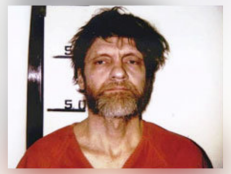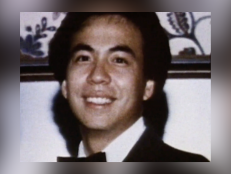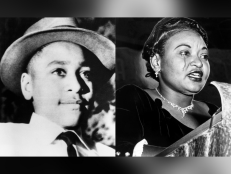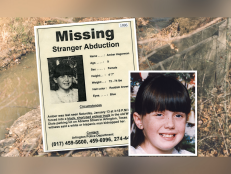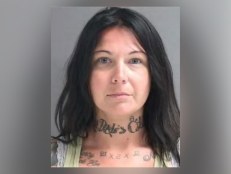Pop Culture Highlights From 9 Totally ’80s Crimes

K1980s video games
K1980s video games
On November 14, Investigation Discovery premieres its six-part series, The 1980s: The Deadliest Decade, with each episode exploring and updating an array of high-profile crimes committed in the 1980s that, in many ways, embody their era.
Among the cases covered by The 1980s: The Deadliest Decade are the “Preppy Murder,” a public “rough sex” strangling committed in New York’s Central Park; the “Cheerleader Murder,” in which one teenage girl fatally stabbed a rival over high school popularity; and “The Yuppie Murder,” a 1989 Boston case wherein a well-to-do husband shot his pregnant wife and inflamed racial tensions by fabricating a suspect description.
Each of those crimes, and numerous others, generated pop-culture responses in the form of TV movies, true-crime books, and endless tabloid coverage.
Here’s a roundup of nine such definitive items that continue to capture and convey the eighties zeitgeist by turning a “crime of the decade” into a sensational time capsule of entertainment.
Watch new episodes of Investigation Discovery’s The 1980s: The Deadliest Decade on Mondays at 9/8c and on ID Go.
THE MURDER OF ADAM WALSH
Adam (1983) / America’s Most Wanted
Along with the still unsolved 1979 disappearance of six-year-old Etan Patz, the 1981 kidnapping, murder, and decapitation of Adam Walsh, who was also six, jolted America awake to the plight of missing and abducted children.
Two years later, Adam’s horrific fate, ultimately believed to have been committed by serial killer Ottis Toole, inspired the highly regarded TV movie Adam, which ended with a “roll call” of photographs and descriptions of missing children. Over the course of three broadcasts, Adam reunited 37 children with family members who were looking for them.
Adam’s father, John Walsh, became an active and outspoken victims’ rights advocate in the wake of his son’s death. In 1988, that translated to Walsh hosting America’s Most Wanted, a Fox TV program dedicated to bringing criminals on the lam to justice. AMWran for 25 seasons, and is reported to have led to the capture of 1,202 fugitives.
BERHARD GOETZ: THE SUBWAY VIGILANTE
“Thug Buster” T-Shirts
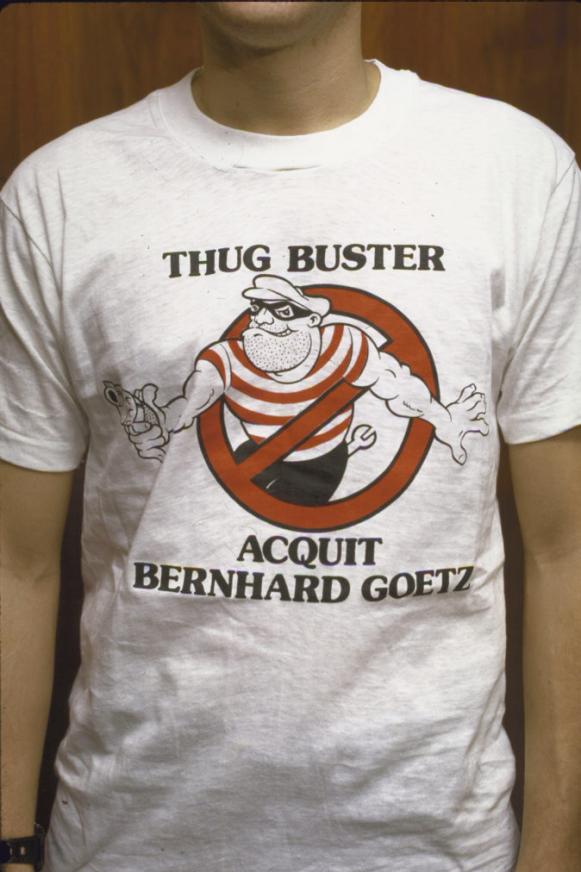
Pro-Bernhard Goetz shirt, Getty Images
Street crime ruled all over New York City in the 1980s, and perhaps most viscerally in day-to-day terms, nowhere was it scarier than on board the city’s often unlit and usually broken-down subway system.
Just before Christmas in 1984, electronics expert and previous mugging victim Bernhard Goetz was riding a downtown number 2 train in Manhattan when four teenagers reportedly blocked his exit from the train car and demanded five dollars.
Goetz responded by shooting each youth a single time with an unlicensed pistol. Afterward, he approached Daryl Cabey, who was wounded, and said, “You don’t look so bad, here’s another.” Goetz fired once more, severing Cabey’s spine.
Goetz then fled into the subway tunnel and escaped to Vermont for eight days. From the moment the story hit, New York City media outlets ran wild, and city residents alternately cheered or jeered “the Death Wish gunman” and “the subway vigilante.” There was a lot of cheering.
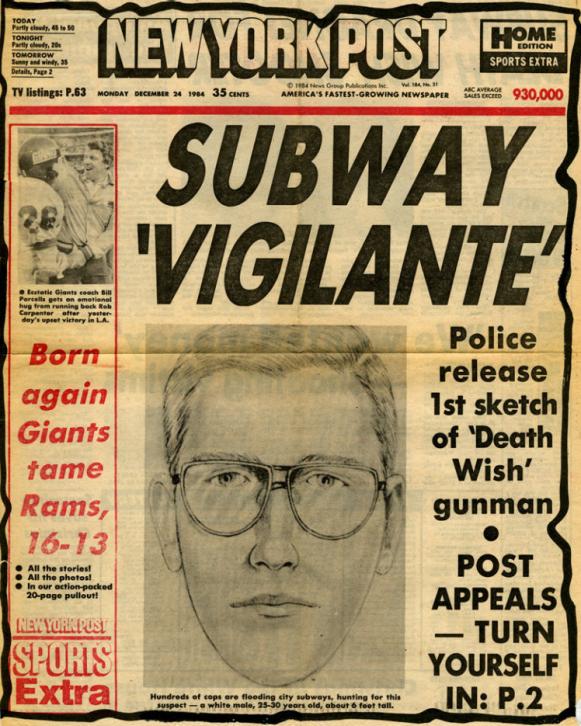
Subway Vigilante NY Post Front Page, December 24, 1984 - Bernard Goetz
Goetz turned himself in on December 30. Outspoken public support proved significant enough that “Goetz for Mayor” buttons became ubiquitous sights, as did variations on T-shirts reading, “Thug Buster: Acquit Bernhard Goetz.”
Eventually, Goetz served eight months in jail on criminal charges and, after losing a civil lawsuit, was ordered to pay Daryl Cabey $43 million. He was never actually elected mayor.
THE BILLIONAIRE BOYS CLUB MURDER
The Billionaire Boys Club (1987)
In the wake of the economic woes of the late 1970s, a relentless, feverish, often chemically fueled “greed is good” era inflamed Wall Street and other arenas of high finance in “the go-go eighties” as big money players indulged in every manner of decadent excess before the global market crash of October 19, 1987 — aka “Black Monday” — pooped the party.
The Deadliest Decade addresses the phenomenon in “The Black Monday Murder,” an episode about how stock broker Joe Pikul lethally reacted to his wife Diane discovering his secrets in the wake of the aforementioned crash.
Another definitive — and fatal — transgression of the financially shady eighties involved the “Billionaire Boys Club,” (BBC) a group undertaken and led in 1983 by Harvard-educated hustler Joseph Gamsky, aka “Joe Hunt.” The BBC centered around a Ponzi scheme that bilked wealthy young men out of their fortunes by dazzling them with lavish revelries and indulgences.
By design, every Ponzi scheme must eventually collapse, but as the BBC started to go under, Joe Hunt and his cohorts turned lethal.
First, Ron Levin, who allegedly swindled the BBC out of $4 million, disappeared. A jury found Hunt guilty of murdering Levin and sentenced him to life in jail, even though no body was found. Levin still maintains his innocence.
Later, Hunt and his BBC associates Jim Pittman, Arben Dosti, and Reza Eslaminiaf were charged with murdering Hedayat Eslaminia — Reza’s father — to get access to the victim’s $35 million fortune. Hunt successfully defended himself on that charge in a trial that led to a hung jury.
In 1987, Judd Nelson starred as Joe Hunt in The Billionaire Boys Club, a thoroughly engaging, top-rated mini-series that dramatized the case. Five years later, prosecutors claimed that notorious parent-killers Lyle and Erik Menendez got the idea to murder their mother and father for money by watching The Billionaire Boys Club.
THE CHEERLEADER MURDER
A Friend to Die For aka Death of a Cheerleader (1994)
Circa 1984 in Orinda, California, the Bob-O-Links ruled the cafeteria, hallways, and all other venues of social comings-and-goings of Miramonte High School. The group, also known as the Bobbies, was an impromptu sorority of pretty, popular, well-to-do athletes and cheerleaders who fancied themselves the envy of the student body. In one case, that proved deadly accurate.
After a June 23 squabble over new admissions to the club, 15-year-old Bernadette Protti, a wannabe Bobbie, fatally stabbed Kristen Costas, a cheerleader and one of the reigning Bobbies who was also 15, outside the latter girl’s home.
The case directed attention to a new level of intensity hit in the eighties regarding high school rivalries and societal pressures on teenage girls to “look right” and “fit in.”
“The Cheerleader Murder” also indirectly inspired the classic big-screen black comedy Heathers (1989) and more directly generated the 1995 TV-movie, A Friend to Die For aka Death of a Cheerleader with Tori Spelling in a role based on Costas and Kelli Martin playing a character inspired by Protti.
THE PREPPY MURDER
A Current Affair, Tabloid Journalism, and Trash TV
After a night of underage drinking on August 26, 1986, at a popular Manhattan bar, Robert Chambers, 19, fatally strangled Jennifer Levin, 18, during a bout of what he described as “rough sex” in Central Park. A jogger discovered Levin’s semi-nude body shortly thereafter, and police quickly apprehended Chambers.
As a result of Chambers’ movie star looks and the crime going down among young, prep-school graduates of Manhattan’s most moneyed and influential families — the “preppy” set — local newspapers dubbed the suspect the “Preppy Killer,” and the name has stuck forever after.

While The Official Preppy Handbook, a popular satirical bestseller throughout the eighties, celebrated upscale tastes and attitudes, as the “Preppy Killer,” Chambers was a pure downward spiral, and some say the media coverage of the case went south right along with him.
A Current Affair, an Americanized version of an Australian news show specializing in lurid and sensational stories, debuted just weeks before Chambers killed Levin. In short order, “the Preppy Murder” led off the show for more than a year, culminating in 1988 when A Current Affair aired home-video footage of Chambers mockingly twisting the head off of a doll.
The formula of A Current Affair proved so popular that it spawned an array of imitators in a genre known as “tabloid television” or, more derisively, “trash TV.” Similar cheap thrills have remained a fixture of electronic media ever since.
THE JOHN DELOREAN DRUG BUST
Doc Brown’s time machine in Back to the Future (1985)
By 1982, master car designer John DeLorean was hurting for cash. The creator of the original Pontiac GTO and numerous other classic vehicles struggled to keep his DeLorean Motor Company afloat, as his critically acclaimed DMC-12, with its super-cool “gull wing” doors that automatically open by spreading out and floating upward, proved too expensive to turn a profit.
That’s when FBI agents set up DeLorean for a cocaine trafficking “sting” that the car maker believed would net him $24 million. Instead, DeLorean was arrested, but ultimately acquitted in 1984 as the court ruled the government had practiced entrapment.
The DeLorean Motor Company never recovered, but the DMC-12 became a pop culture icon in 1985 after Doc Brown (Christopher Lloyd) souped up his vehicle to transport Marty McFly (Michael J. Fox) through time in the sci-fi blockbuster, Back to the Future. The DMC-12 returned to costar in the movie’s two big-screen sequels, theme park attraction, and Saturday morning cartoon spin-off.
THE LONG ISLAND SATAN MURDER
Say You Love Satan by David St. Clair
During the Satanic Panic of the 1980s, much of America seemed to lash out in terror against devil-worshipping heavy metal music fans committing all manner of atrocities in honor of their Dark Lord. Most of it seems ludicrous in hindsight, but a couple of very scary guys did fit the bill.
Foremost was Richard Ramirez, California’s “Night Stalker” serial killer who wiped out families and invoked Satan until he was captured by a mob in 1985.

A year earlier, though, Long Island teenager Ricky Kasso kicked the Satanic Panic into high gear. Kasso sold LSD and deemed himself the “Acid King” as he listened to Black Sabbath and spray-painted graffiti tributes to — as he literally spelled it – “Satin.” Among his peers was Gary Lauwers, 17, who Kasso ultimately accused of stealing money from him.
As he sat around a campfire with his fellow burnout buddies, including Lauwers, Kasso said he was going to slaughter the accused thief in a Satanic ritual. Kasso then stabbed Lauwers, gouged out his eyeballs, and instructed him, “Say you love Satan!” Instead, Lauwers said, “I love my mother,” and he died on the spot.
Kasso has subsequently been immortalized by the name of the mighty doom metal band Acid King, along with an array of films, including My Sweet Satan (1994), Black Circle Boys (1997), and Ricky 6 (2000).
The real Kasso keeper, though, is Say You Love Satan by David Clair, a gripping and thought-provoking true-crime account of the murder and the dank suburban milieu of wasted teens and their desperation to feel something — anything — that led up to the tragedy.
THERESA SALDANA: ACTRESS ATTACKED BY CELEBRITY STALKER
Victim for Victims: The Theresa Saldana Story (1984)
Brooklyn-born actress Theresa Saldana made an immediate impression in films such as I Wanna Hold Your Hand (1978) and Raging Bull (1980) — horrifically so, in the case of Arthur Richard Jackson who stalked Saldana and almost fatally attacked her.
On March 15, 1982, Jackson, a 46-year-old drifter, lunged at Saldana outside her West Hollywood apartment building in broad daylight and stabbed her ten times with such force that the blade of his knife bent. A deliveryman intervened and subdued Jackson. Saldana survived after intensive surgery and an extensive period of recovery.
Afterward, Theresa Saldana founded the support group Victims for Victims, and starred as herself in the TV movie Victims for Victims: The Theresa Saldana Story (1984).
In 1991, Saldana hosted Confessions of a Crime, a cable series that featured an episode based on “The Real Fatal Attraction Murder,” a 1987 Kansas incident involving legal secretary Linda Culbertson and her boss, Don Pierce. That case gets an updated and in-depth spotlight on an enthralling episode of Investigation Discovery’s Deadliest Decade.
THE YUPPIE MURDER
Goodnight, Sweet Wife: A Murder in Boston (1990)
They were young, they were urban, they were professionals, and it was 1989. As such, Boston couple Charles and Carol Stuart fit the cultural definition of “Yuppies.” Charles managed a renowned furrier business, while Carol, pregnant at the time with their first child, was a successful tax attorney.

On October 23, the unmistakably white Charles and Carol drove through a black neighborhood en route to a birthing class when someone attacked and shot them in their car. Carol died that night. The baby, delivered two months premature by Caesarean section, died 17 days later. Charles sustained severe injuries and described their assailant as an African-American male who fled the scene.
In reality, Charles Stuart had murdered his pregnant wife and then shot himself to make it look like a carjacking.
On December 28, police arrested a suspect, Willie Bennett, based on Stuart’s claims. Stuart even fingered Bennett as the shooter in a lineup. Bennett, of course, was innocent, and the case against him collapsed quickly, whereupon Matthew Stuart, Charles’s brother, came forth and revealed the truth on January 3. The following day, Charles Stuart committed suicide by jumping into the Mystic River.
“The Yuppie Murder” inflamed racial tensions in Boston and elsewhere — a particularly unsavory marker of the era.
Ken Olin of the very eighties series Thirtysomething stars as Charles Stuart in the TV movie Goodnight, Sweet Wife: A Murder in Boston. Annabella Price plays Carol. The film is largely unremarkable except for how it was rushed to the air in September 1990, just months after the actual events.
Watch new episodes of Investigation Discovery’s The 1980s: The Deadliest Decade on Mondays at 9/8c and on ID Go.



